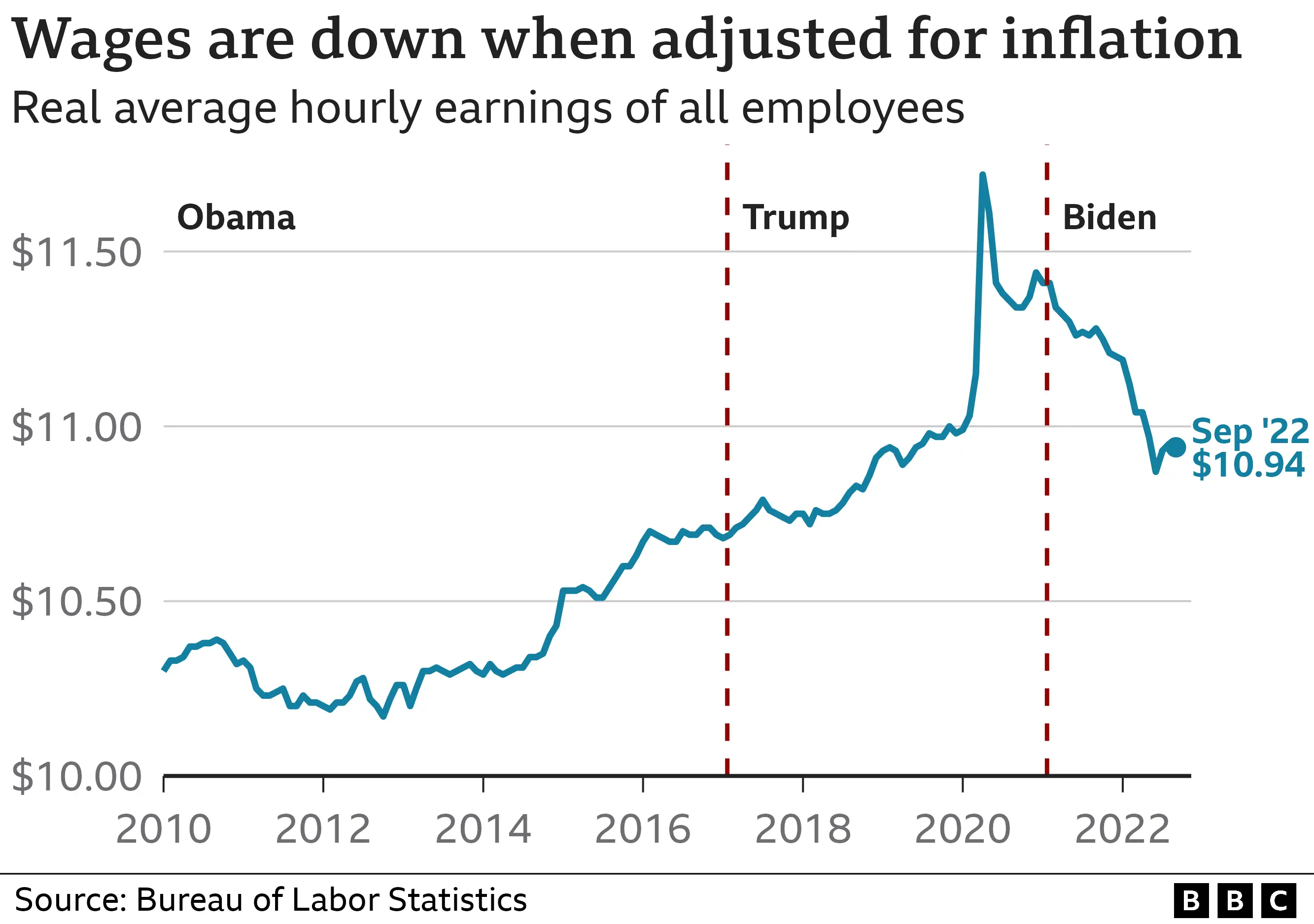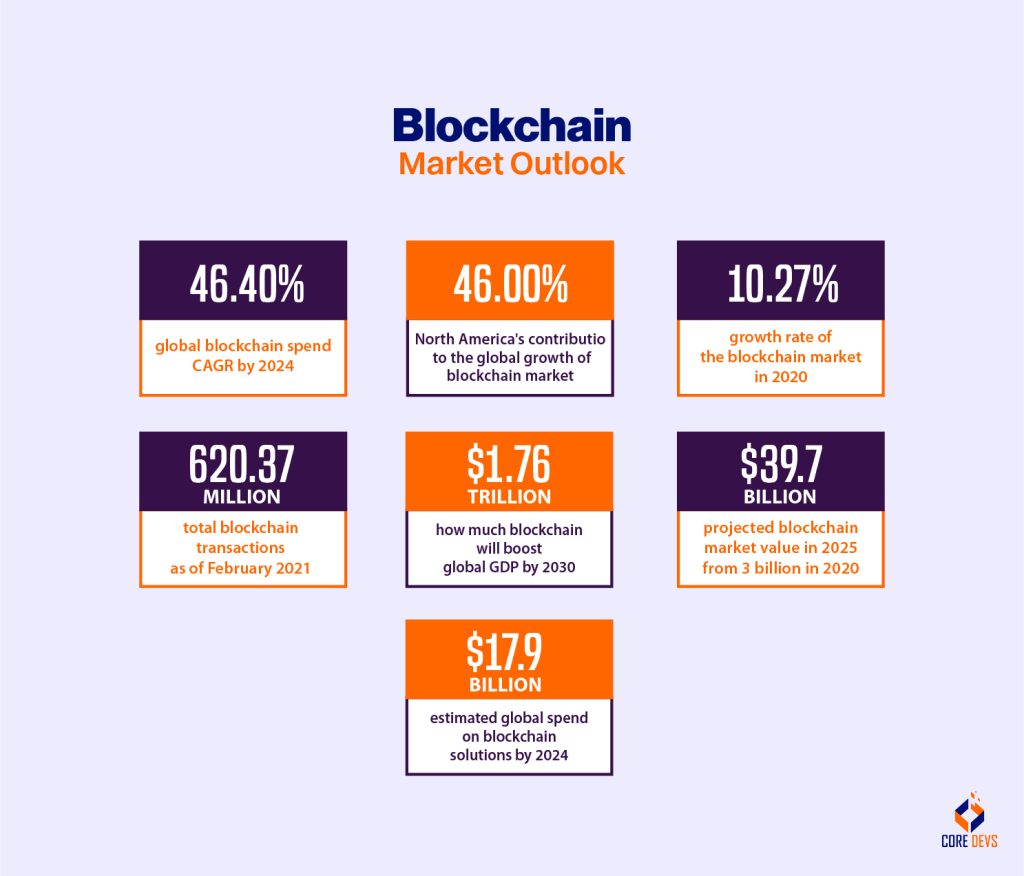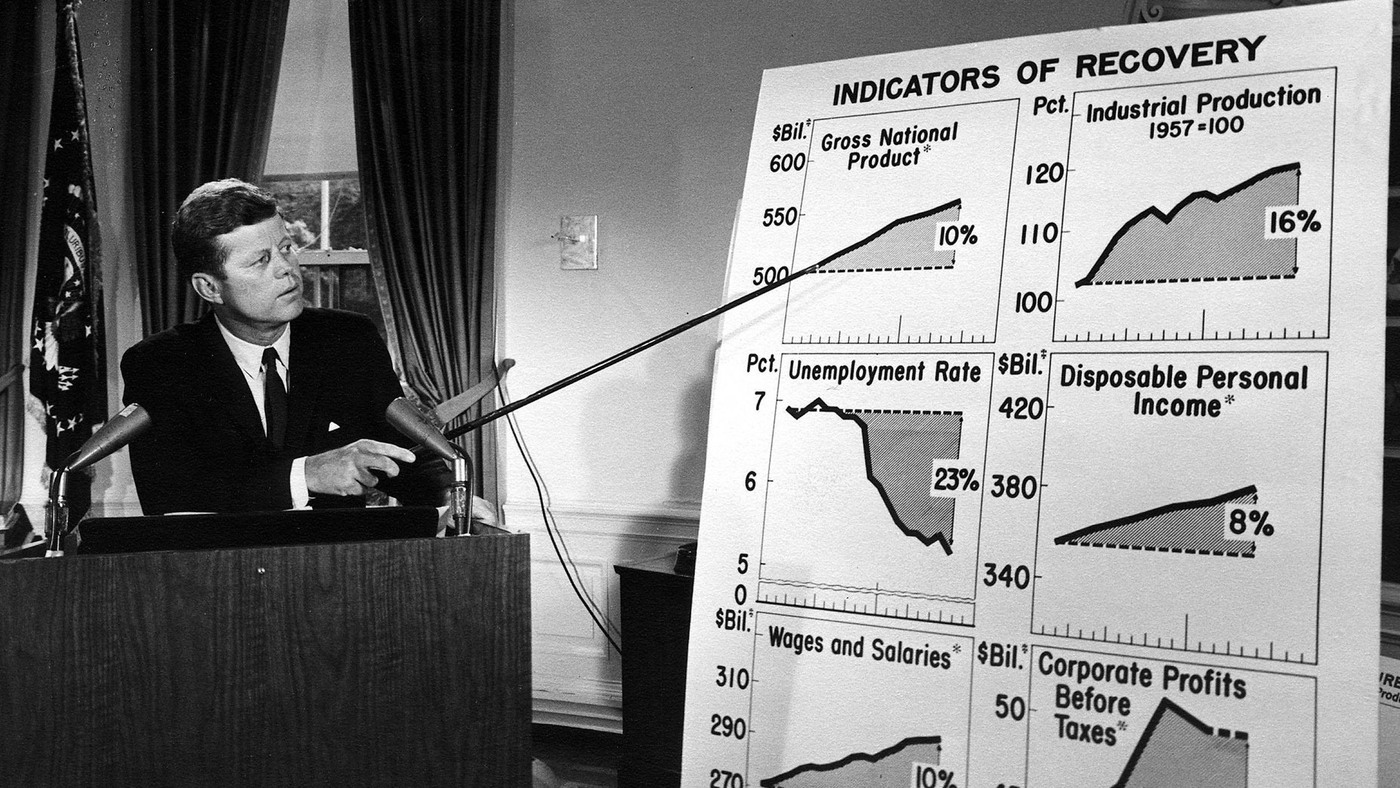Analyzing The Economic Indicators: Trump's Performance Under Scrutiny

Table of Contents
GDP Growth and its Limitations
Understanding GDP Growth Rates
The Trump administration oversaw a period of economic growth, but understanding its context is crucial. While annual GDP growth rates were positive, a comprehensive analysis requires comparing them to previous administrations and acknowledging influencing factors beyond presidential control.
- Average Annual GDP Growth: While precise figures vary depending on the methodology used, the average annual GDP growth during the Trump presidency was generally in line with or slightly above the average growth rates of previous administrations. Direct comparisons are complex due to varying global economic conditions.
- External Factors: Global economic conditions, technological advancements, and shifts in consumer behavior significantly influence GDP growth. Attributing all economic changes solely to presidential policies is an oversimplification. For example, the global economic slowdown in 2020, largely attributed to the COVID-19 pandemic, significantly impacted GDP growth worldwide, including the US.
- Limitations of GDP as a Sole Metric: GDP growth alone provides an incomplete picture of economic health. It doesn't account for income inequality, job quality, or environmental sustainability. A robust economic analysis requires examining multiple indicators.
Impact of Tax Cuts
The 2017 Tax Cuts and Jobs Act, a cornerstone of Trump's economic policy, aimed to stimulate economic growth through corporate and individual tax reductions.
- Key Provisions: The act significantly lowered corporate tax rates, increased the standard deduction for individuals, and made other changes to the tax code.
- Positive Impacts (claimed): Proponents argued the tax cuts would incentivize investment, boost job creation, and lead to higher wages. Some initial economic reports indicated increased business investment.
- Negative Impacts (claimed): Critics argued the tax cuts disproportionately benefited corporations and the wealthy, exacerbating income inequality and adding to the national debt. Studies on the long-term impact of the tax cuts remain ongoing and results are inconclusive.
Unemployment Rates and Job Creation
Analyzing Unemployment Trends
Unemployment rates generally fell during the Trump administration, reaching historic lows before the COVID-19 pandemic. However, a complete picture requires a deeper dive into the data.
- Overall Unemployment: Data shows a decrease in the overall unemployment rate.
- Demographic Breakdown: Examining unemployment rates by race, gender, and education level reveals variations in employment trends across different demographics. Some groups experienced greater job growth than others.
- Job Quality: Simply focusing on the unemployment rate ignores the quality of jobs created. The increase in employment may have included a rise in part-time or low-wage jobs, not necessarily reflecting improved economic well-being for all.
The Role of Automation and Technological Advancements
Automation and technological advancements significantly influence employment numbers, a factor independent of presidential policies.
- Job Displacement: Automation led to job losses in certain sectors, while creating new opportunities in others. This required workforce adaptation and retraining initiatives.
- Skills Gap: The changing job market highlighted the need for workforce retraining and education programs to equip workers with the skills needed for emerging industries. Addressing the skills gap is crucial for long-term economic stability.
Inflation, Trade Deficits, and National Debt
Inflation and its Effects
Inflation rates remained relatively low during most of the Trump administration, though there were fluctuations.
- Inflation Rates: Comparing inflation rates to historical averages and those of other developed nations provides context and helps assess the performance of monetary policy during this period.
- Potential Consequences: High inflation erodes purchasing power and can negatively impact economic stability, though during the Trump presidency, this was generally not a significant concern.
Trade Wars and Their Economic Impact
Trump's trade policies, including tariffs on goods from China and other countries, significantly impacted trade deficits and overall economic growth.
- Impact on Industries: Tariffs led to increased costs for some industries and consumers, while potentially benefiting others through protectionist measures.
- Effectiveness of Tariffs: The effectiveness of tariffs as an economic policy tool remains a subject of ongoing debate among economists.
The Rising National Debt
The national debt increased significantly during the Trump administration, fueled by tax cuts and increased government spending.
- Debt Levels: Data on the national debt clearly shows a substantial increase during this period.
- Implications for Future Generations: The rising national debt has significant implications for future generations, potentially leading to higher taxes and reduced government spending on other priorities.
Long-Term Economic Sustainability
Assessing the Long-Term Implications of Trump's Economic Policies
Analyzing the long-term economic sustainability of Trump's policies requires considering their impact on various sectors and future economic growth.
- Long-Term Effects: The long-term effects of tax cuts, trade policies, and increased government spending are still unfolding and require further analysis.
- Future Economic Growth: Assessing the impact on future economic growth and stability is crucial for evaluating the overall success of the Trump administration's economic policies.
Conclusion
This analysis of key economic indicators provides a complex and nuanced perspective on the economic performance of the Trump administration. While GDP growth and job creation were positive in some respects, other indicators like the national debt and trade deficits raise concerns about long-term economic sustainability. A balanced assessment requires considering multiple factors and avoiding simplistic conclusions. Understanding the intricacies of economic indicators is crucial for informed civic engagement. Continue your research into economic analysis to form your own comprehensive view on the economic legacy of the Trump presidency and the impact of different economic policies. Further analysis of key economic indicators is vital for making informed judgments about future economic policy.

Featured Posts
-
 Biotech Boosted Trump Era Fda Actions Spark Optimism
Apr 23, 2025
Biotech Boosted Trump Era Fda Actions Spark Optimism
Apr 23, 2025 -
 Nestor Cortes Shuts Out Reds Secures Third Consecutive Loss For Cincinnati
Apr 23, 2025
Nestor Cortes Shuts Out Reds Secures Third Consecutive Loss For Cincinnati
Apr 23, 2025 -
 Istanbul Ankara Izmir Ramazan Imsakiyesi 2024 Iftar Ve Sahur Saatleri
Apr 23, 2025
Istanbul Ankara Izmir Ramazan Imsakiyesi 2024 Iftar Ve Sahur Saatleri
Apr 23, 2025 -
 Blockchain Analytics Leader Chainalysis Integrates Ai With Alterya Purchase
Apr 23, 2025
Blockchain Analytics Leader Chainalysis Integrates Ai With Alterya Purchase
Apr 23, 2025 -
 Trumps Economic Legacy Fact Vs Fiction In The Numbers
Apr 23, 2025
Trumps Economic Legacy Fact Vs Fiction In The Numbers
Apr 23, 2025
